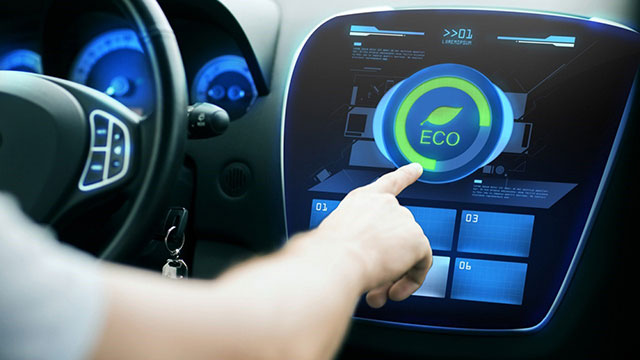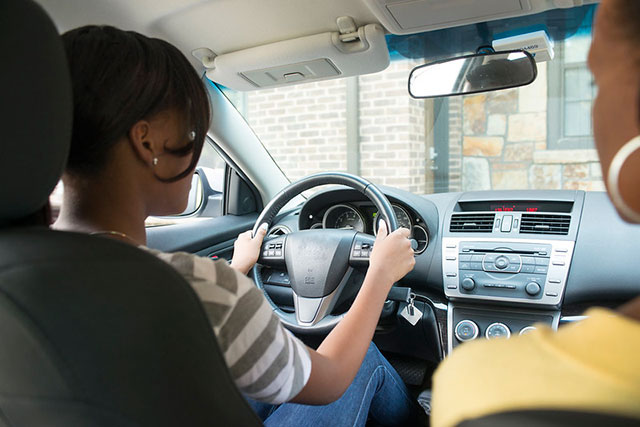Eco-driving is a pretty smart concept – you save money on fuel and are environment-friendly at the same time. Neat, isn’t it? You will noticeably reduce your fuel consumption and minimize your carbon footprint by simply making a few minor changes to your driving habits.
Table of Contents
List of Eco-Driving Benefits
Below is a list of car models with econ mode that will enhance your eco-driving experience several times more. Sounds like a win-win, doesn’t it? Let’s take a closer look at eco-driving benefits and find out how it can come in handy for both your wallet and our planet.
Understanding Eco-Driving
Let’s start with the basics. What exactly is eco-driving? In simple words, it’s a bunch of driving techniques and practices aiming to maximize your vehicle’s fuel efficiency and reduce harmful emissions. If you adopt these tips and tricks, you’ll definitely save money on gas and contribute to a cleaner environment (all at the same time).
Essentially, eco-driving means being aware of your vehicle’s performance and adapting your driving style accordingly. It includes the following driving habits – maintaining a steady speed, avoiding rapid acceleration, and keeping up with regular vehicle maintenance. Every little smart choice gives a great result in the long run.
The Role of Speed in Fuel Consumption
Maintaining a steady, moderate speed is your key point in eco-driving, mainly because speeding and constantly changing your speed guzzle up your gas. You should stick to a consistent and safe speed to save you fuel and reduce wear & tear on your vehicle.
Another thing for you to watch out for is aggressive acceleration and sudden braking. Both these habits can and will seriously hurt your fuel efficiency. So, try to accelerate smoothly and gradually instead + brake gently whenever it’s possible. Calmer and more mindful drivers save their fuel and keep themselves and others safe on the road.
Efficient Gear Shifting Techniques
Shifting gears at the right time makes a huge difference in fuel consumption for both manual and automatic transmission vehicles. Manual drivers should upshift early and smoothly and try not to rev an engine too much. As a rule of thumb, shift up before your engine reaches around 2500 RPM for gasoline cars or 2000 RPM for diesel cars.
Automatic transmission drivers should ease off the accelerator to encourage their cars to shift up sooner. Remember, smoother acceleration helps your car shift gears more efficiently (ultimately saving you precious fuel).
Proper Vehicle Maintenance for Eco-Driving
Taking care of your car is paramount, not only for eco-driving but overall. Regular maintenance improves your vehicle’s performance, fuel efficiency, and overall lifespan. Make sure to keep an eye on your tire pressure since properly inflated tires improve your fuel economy by up to 3%. Check your tire pressure every month, and follow your vehicle manufacturer’s recommendations.
Next up, oil changes. Stick to the recommended schedule for oil changes and use the correct oil type for your car. Fresh oil reduces friction in your engine and makes it run more efficiently. And don’t forget about air filters. A clean air filter ensures optimal airflow to your engine, improving fuel efficiency and reducing emissions. Regular maintenance is a small investment that will save you a lot of money on fuel in the long run.
Smart Route Planning and Avoiding Idling
You can save both time and fuel simply by planning your trips wisely. How does it work? Efficient route planning is about avoiding traffic jams, minimizing stops and starts, and even taking advantage of downhill stretches to save on gas. Also, combining errands into a single trip will significantly cut down on the amount of driving you do.
Idling is another nasty thing to avoid. The fact is excessive idling can really burn through your gas. Idling for just 10 seconds uses more fuel than restarting your engine. That’s why consider turning off your engine if you’re going to be stationary for more than a minute.
If you adopt eco-driving techniques, you’ll save money on fuel and contribute to a greener and cleaner environment. It’s a small change that has a pretty big impact. Remember, every little bit counts, and together, we can really make a difference!














